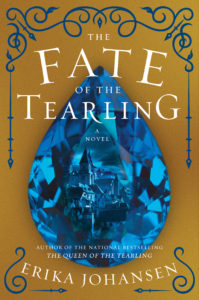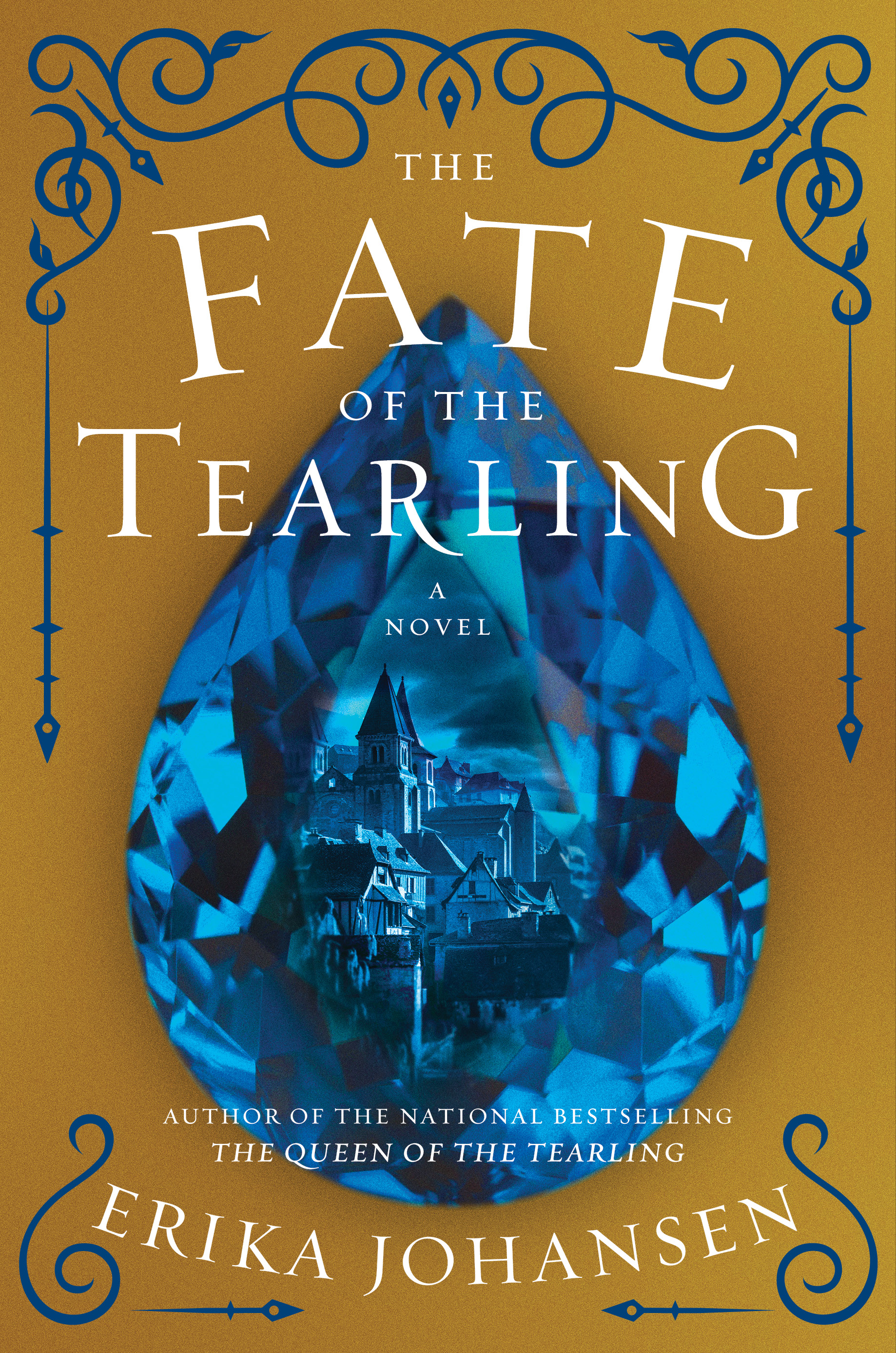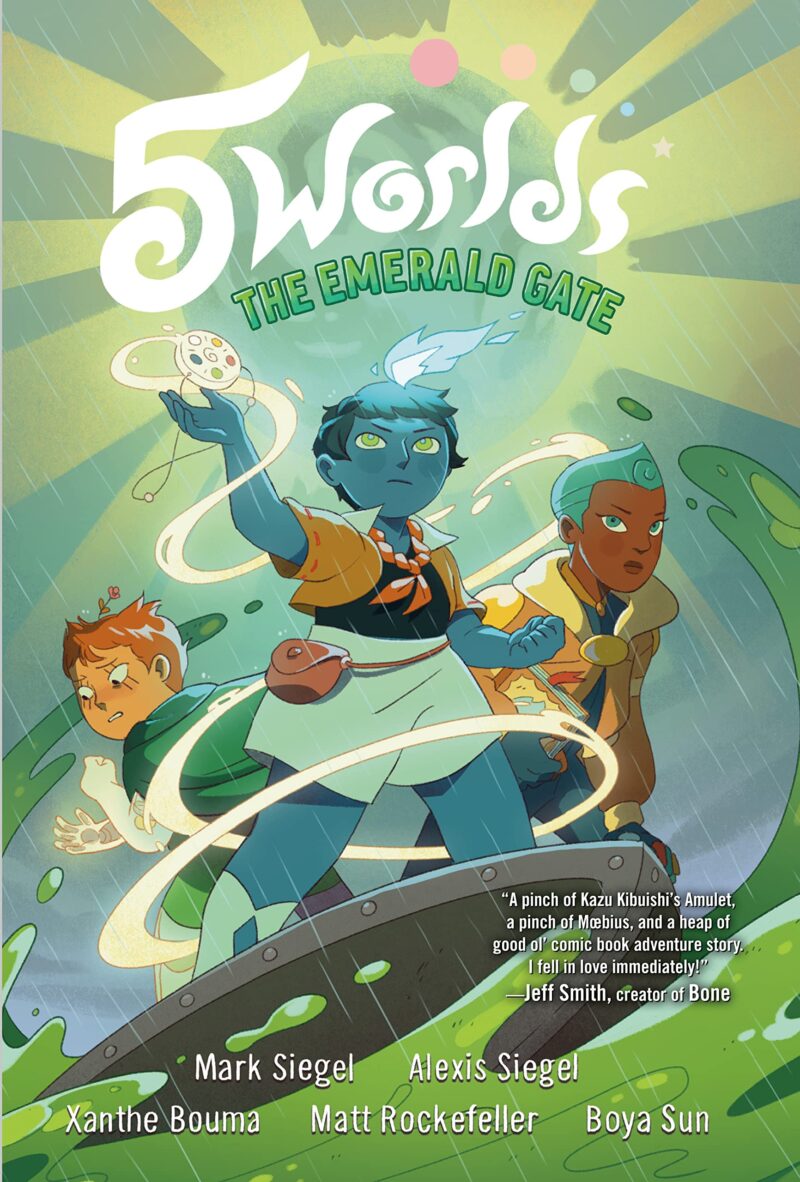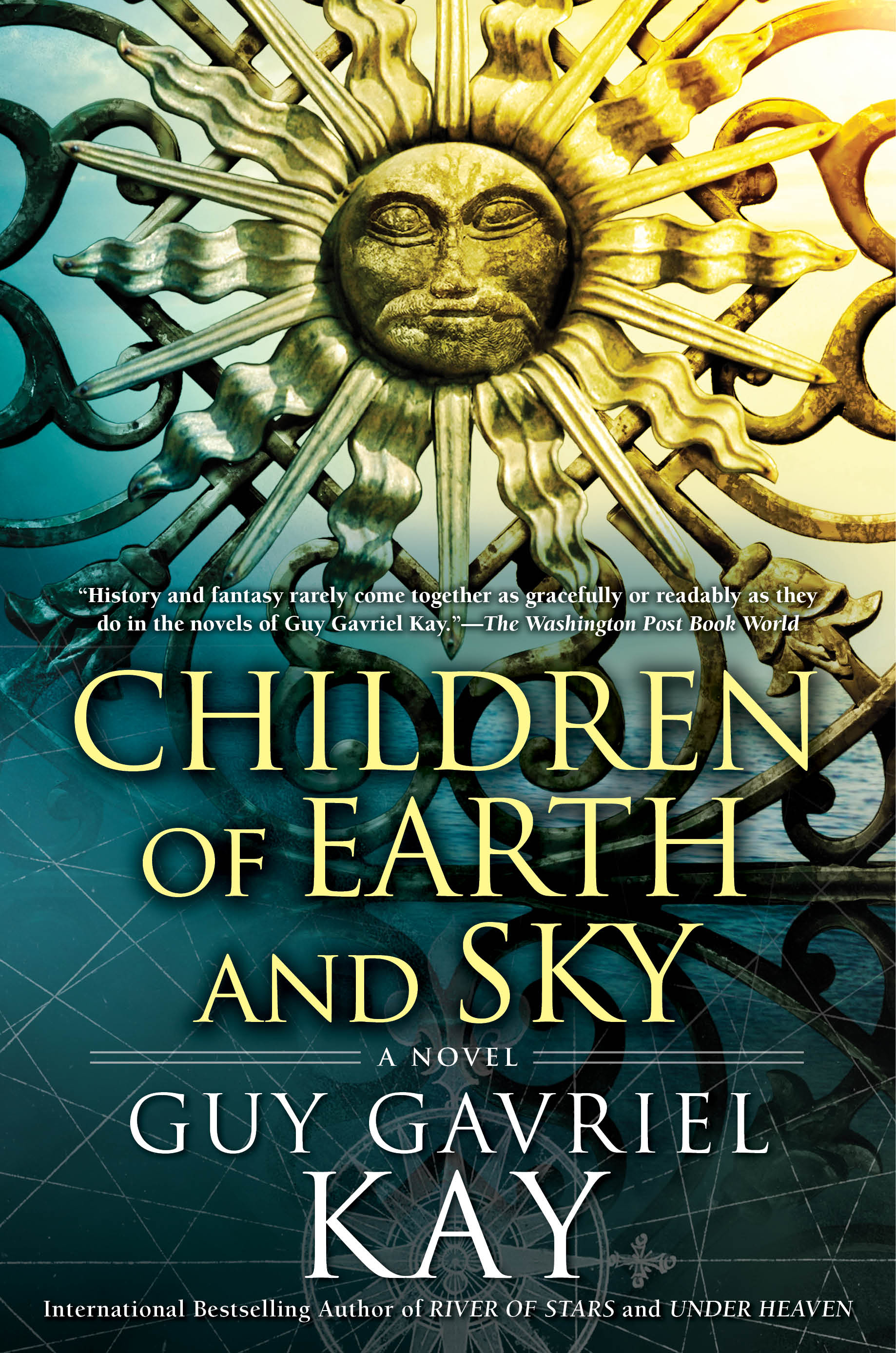
The final installment of the Tearling trilogy has arrived, and author Erika Johansen has a tall order for rounding off Kelsea’s saga: What will happen to the Red Queen? What truths will be revealed about the past in Kelsea’s visions? What will happen to Father Tyler? Can the Tearling be saved? Those few questions, and more, stand to be answered in Johansen’s final volume.
Over the course of the three Tearling novels, Johansen has managed to structure her story in such a way that I was very eager to dive in and at last discover the tale’s hidden secrets. What gives Kelsea’s sapphires their power? How does the Crossing work? What happened all those years ago to cause William Tear’s vision to go so far off course? Who is Kelsea’s father? Most of these questions are secondary to the main plot of the book but are woven into Kelsea’s fate so compellingly that the book easily held my attention. When you’re waiting for a book to reveal a long-awaited secret, it’s not hard to become immediately engrossed.
I also admired the trilogy’s continued commitment to the idea of a better, peaceful world, one where quality of life wasn’t just good, but people were good. I love that Johansen didn’t just set out to write a series that left the “right” person on the throne and closed up shop – it really grapples with how to build a better, more just world and submits for the reader’s consideration that it all depends on us. In today’s political climate, this attitude is vital for effecting change. Finally, while the ending of the novel is sure to frustrate a number of readers, I certainly didn’t see it coming, and I really enjoyed the novelty of such an unexpected conclusion.
Even so, I was a little let down by the conclusion of the series. For me, too many of Johansen’s long-awaited revelations weren’t fully satisfying, and what victories were achieved felt a little too easy. Threats that had loomed heavily over the first two installments, like the Red Queen or Brenna, were resolved basically with a snap of the fingers. Figures that were built up to mythical status, like William and Jonathan Tear, were pretty unimpressive in the flesh. This would have been fine – I am more than happy to have savior-like myths of white dudes struck down – except that it left me wondering why their respective disappearance and murder left the Tearling in such turmoil in the first place. When Kelsea glimpses them in her visions, they don’t appear to be governing very effectively. Even when they were alive, things seemed to be going to hell. Plus, the sapphires and how the Crossing actually happened is never actually satisfactorily explained but rather left shrouded in vagueness. If you’re hoping to learn how it all works, you may be disappointed.
To be fair, my expectations from this book were very high. I wanted more from it because, as I said before, I am such a fan of Johansen’s commitment to making socially-conscious high fantasy. Johansen is a talented writer, but for me, the Tearling trilogy didn’t quite deliver on her storytelling promise. Happily, however, Johansen isn’t ready to leave the Tearling behind just yet – she just revealed in our interview that more books are planned in the series, although they will focus on different characters than the ones we’ve seen before. Perhaps the most telling way to end this review is to say that, despite some things I found disappointing in this final book, I am excited to keep reading.




